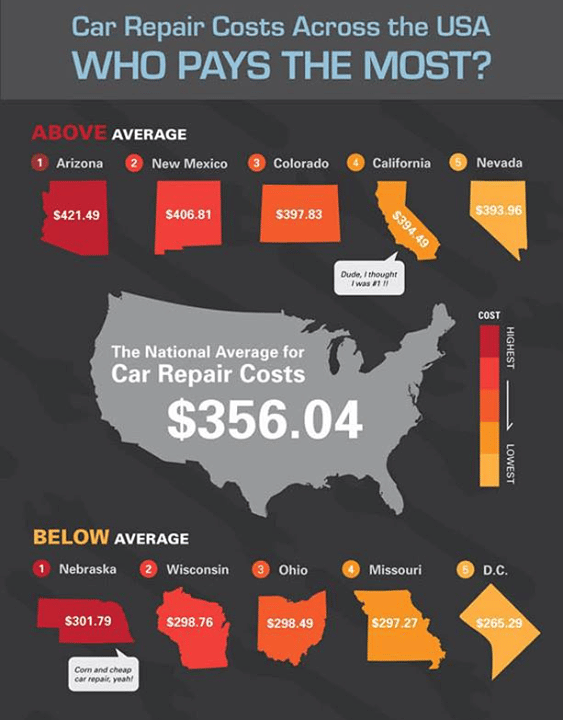Seeking Quality On The Warning Lights Showed On Your Car'S Control Panel? Figure Out How They Relate To Your Automobile'S Health And Safety
Seeking Quality On The Warning Lights Showed On Your Car'S Control Panel? Figure Out How They Relate To Your Automobile'S Health And Safety
Blog Article
Authored By-Samuelsen Forbes
When you're behind the wheel, those glowing caution lights on your dashboard can be a little bit bewildering. Do you recognize what they're trying to tell you about your automobile's health? Recognizing the significance of these lights is essential for your safety and security and the durability of your automobile. So, the next time among those lights pops up, wouldn't you wish to decode its message precisely and take the necessary actions to resolve it?
Common Warning Lights and Interpretations
Identify usual warning lights in your cars and truck and recognize their definitions to ensure safe driving.
One of the most regular warning lights include the check engine light, which indicates issues with the engine or exhausts system. If this light begins, it's critical to have your automobile checked without delay.
The oil pressure warning light shows reduced oil pressure, calling for immediate interest to avoid engine damages.
A flashing battery light could suggest a faulty billing system, potentially leaving you stranded if not addressed.
The tire pressure monitoring system (TPMS) light notifies you to reduced tire pressure, impacting lorry security and gas efficiency. Neglecting this could bring about unsafe driving conditions.
The abdominal muscle light indicates a problem with the anti-lock stopping system, endangering your capacity to stop promptly in emergency situations.
Lastly, Get the facts cautioning light warns of engine getting too hot, which can lead to serious damage otherwise solved promptly.
Comprehending these common warning lights will help you deal with problems without delay and preserve risk-free driving problems.
Importance of Prompt Attention
Understanding the common caution lights in your cars and truck is only the initial step; the importance of without delay dealing with these warnings can not be highlighted enough to ensure your security when driving.
When click this link now illuminates on your control panel, it's your car's means of connecting a possible issue that needs focus. Ignoring these warnings can cause much more extreme issues later on, jeopardizing your safety and security and possibly costing you extra in repairs.
Motivate focus to alerting lights can protect against break downs and mishaps. For example, a blinking check engine light could indicate a misfire that, if left ignored, might trigger damage to the catalytic converter. Resolving https://ecu-tuning05050.blogsidea.com/36192979/refine-your-auto-detailing-capacities-with-seasonal-strategies-to-keep-your-vehicle-s-sparkle-and-protection-uncover-methods-to-get-rid-of-the-particular-difficulties-of-every-period can conserve you from a costly fixing.
Similarly, a brake system advising light could signify reduced brake liquid or used brake pads, critical parts for your security when driving.
Do It Yourself Troubleshooting Tips
If you see a caution light on your dashboard, there are a few DIY repairing suggestions you can try prior to seeking professional assistance.
The very first step is to consult your car's manual to recognize what the details caution light indicates. In some cases the issue can be as straightforward as a loosened gas cap activating the check engine light. Tightening up the gas cap might resolve the trouble.
An additional usual problem is a reduced battery, which can set off various cautioning lights. Checking the battery connections for deterioration and guaranteeing they're safe and secure might deal with the problem.
If a caution light continues, you can attempt resetting it by disconnecting the auto's battery for a couple of mins and after that reconnecting it. Additionally, examining your vehicle's fluid degrees, such as oil, coolant, and brake liquid, can aid fix advising lights associated with these systems.
Verdict
In conclusion, recognizing your cars and truck's warning lights is necessary for maintaining your car running smoothly and safely. By quickly dealing with these alerts and understanding what they indicate, you can prevent expensive fixings and potential break downs.
Bear in mind to consult your vehicle's manual for specific details on each cautioning light and do something about it accordingly to guarantee a hassle-free driving experience.
Keep informed, stay safe on the road!
